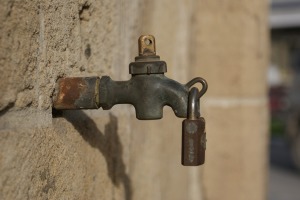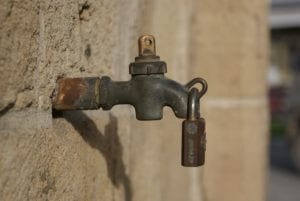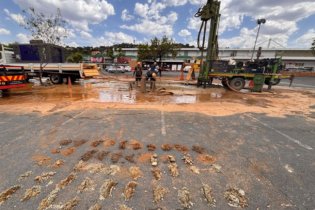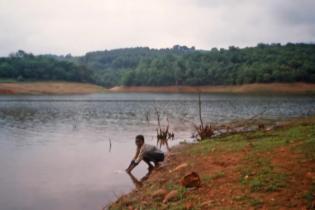 The City of Tshwane has threatened water shedding if water usage doesn’t come under control.
The City of Tshwane has threatened water shedding if water usage doesn’t come under control.
The Gauteng municipalities have been mandated to reduce water usage by 15% after restrictions were placed on the Vaal system in August due to the drought. However, only minimal savings have been achieved. Tshwane has reported a saving of only 2.7% and Ekurhuleni a meagre 0.8%
Stepped tariffs and fines were implemented as a deterrent against rampant water use. However little has been achieved through these methods. Intermittent water supply or water shedding may become a reality if demand continues to outstrip supply.
Earlier this month Water and Sanitation Minister Nomvula Mokonyane warned that water levels in Gauteng had reached the point of no return and called on residents to urgently start using water sparingly.
The Vaal River System, which consists of 14 dams and serves mainly Gauteng, Sasol and Eskom, has decreased to roughly 50%. Mokonyane said the Vaal Dam in particular is reaching a dangerous level and could hit the 25% mark by next month if water usage is not decreased.
The municipalities will now receive 15% less water for distribution.
Water shedding a last resort
According to Tshwane City Mayor Solly Msimanga, the city will consider water shedding if water usage does not get under control. However, the municipality is exploring other measures and this route is considered a last resort.
Both Tshwane and Johannesburg have restricted flow in some areas, resulting in reduced water pressure. However in Johannesburg, restricted flow or ‘water throttling’ has resulting in some residents of Roodepoort and other areas of western Johannesburg experiencing complete water cuts.
The dangers of water shedding
Tshwane has emphasised that water shedding is a last resort. This is in part due to the fact that intermittent supply can have a damning effect on water delivery systems.
Speaking at the 6th Regional African Water Leakage Summit, Dr Ronnie McKenzie, Chair of the International Water Association Specialist Group on Water Loss, highlighted the potentially catastrophic effects of water shedding.
When water pressure is turned off, pipes often fill with air which must escape once the pressure is turned back on. If the air valves are not functional, as is often the case, this can create new pipe leaks or even cause pipe bursts.
Furthermore, the refilling spike that can be observed when the system is initially re-pressurised can damage water meters.
In addition to this, if the system is depressurised, the potential arises for the surrounding groundwater to enter the supply through any leaks in the system. If the groundwater is contaminated, the water supply may become contaminated where there is insufficient chlorine to eliminate contaminants. This can result in water-borne diseases such as cholera and typhoid.
Dr McKeznie pointed to studies which show that intermittent supply actually results in very little water saving and highlighted that it could in fact increase costs because of the damage it can cause. However when there is no water available, intermittent supply can be unavoidable.
While intermittent supply is usually implemented to save water, it invariable creates more leaks and opens up the opportunity for water to become contaminated.
 The City of Tshwane has threatened water shedding if water usage doesn’t come under control.
The City of Tshwane has threatened water shedding if water usage doesn’t come under control.







